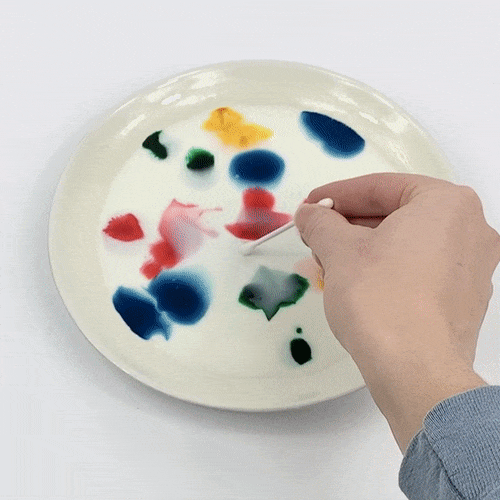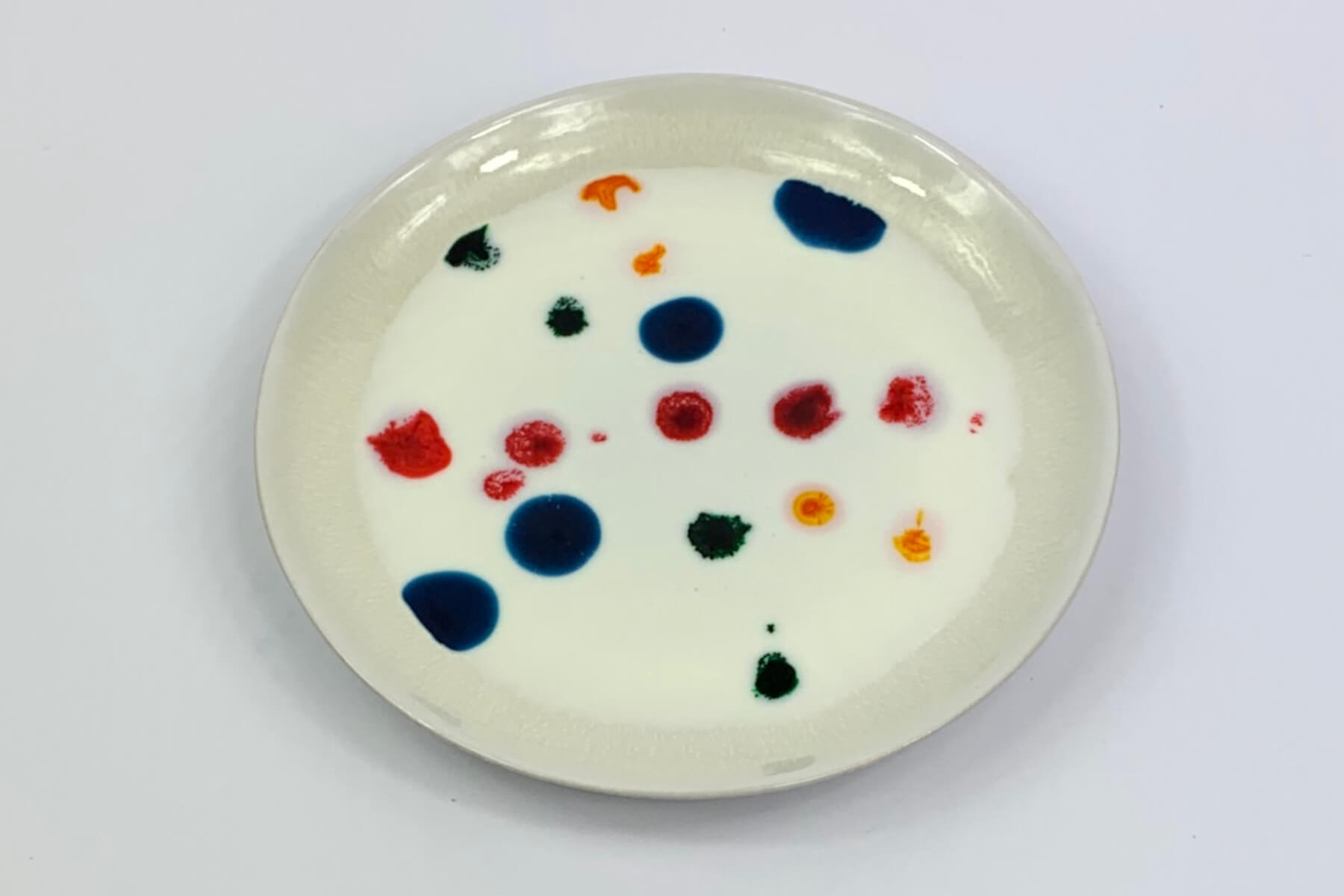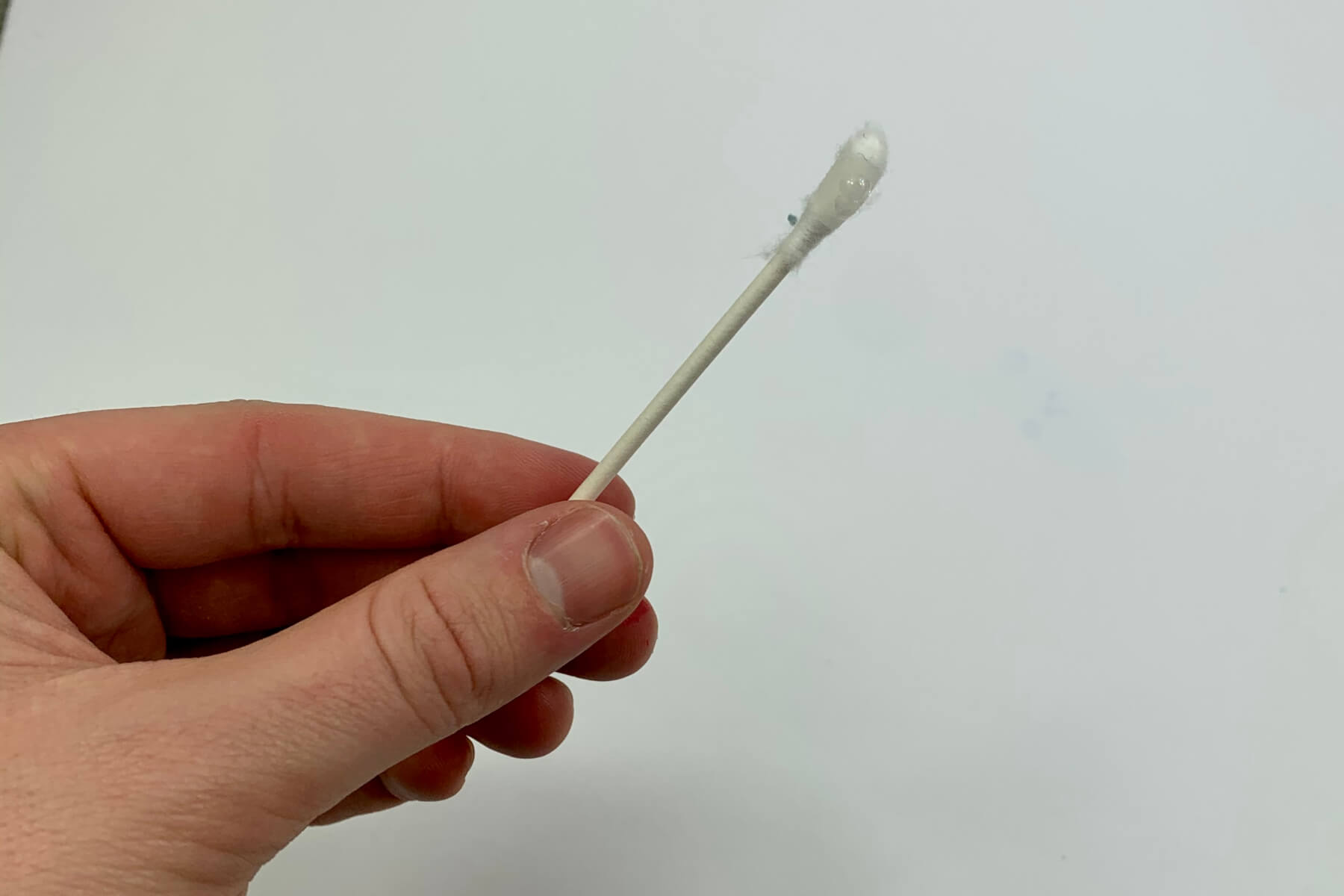


No, not Michelle! A micelle (pronounced my-SELL) is the term for a group special molecules called surfactants. If you've never heard this word before, have no fear. I can personally guarantee that you use at least one type of common surfactant up to several times a day--soap!
Surfactants are special because they can connect two other types of molecules that normally avoid each other at all costs: hydrophilic (water loving) and hydrophobic (water-fearing) molecules. They're able to do this because they have a hydrophilic "head" and a hydrophobic "tail," sort of resembling a molecule-sized tadpole. So, for example, as in the case of soap, the hydrophobic tail can dissolve in the dirt-carrying oils on our skin or hair, and when we turn on the water, the hydrophilic head takes care of the rest. Voila, squeaky clean.
Okay, so now onto micelles. Even though surfactants are really good at connecting watery and oily substances, hydrophobic and hydrophilic molecules will still do whatever they can to avoid one another, at all costs. In order to keep them away from one another, the surfactant molecules organize themselves into tightly-knit balls, with their heads sticking outward, and their tails all pointed inwards towards the center of the ball. These are called micelles! Try to imagine a group of football players all huddling around the ball to protect it from the other team and you'll get the idea.
In this demonstration, we're going to use milk to observe micelles forming. Milk is what is known as a colloid, a type of mixture where particles of a substance are not dissolved, but suspended evenly throughout another. In the case of milk, microscopic blobs of butterfat are suspended evenly in a watery liquid called whey. When we add dish soap, a powerful surfactant... well you'll just have to see your yourself.

Add enough whole milk to just cover the bottom of the plate.
Whole milk is milk that contains 3.5% butterfat by weight. Similarly, 2% milk has 2% butterfat, 1% milk has 1% butterfat, and skim milk has 0% butterfat. Why do you think we need to use whole milk for this experiment?

Add several drops of food coloring to the milk. If you have a few different colors, it's fun to try different patterns.
Take a second to look closely at what's happening with the droplets of food coloring in the milk. Are they moving? Staying in one place? Spreading out? If you have a lab journal, it's a good idea to jot down a few notes and maybe even draw a picture or two of what you see.

Now, take one of the ends of the cotton swab and put a small amount of dish soap on one end.

Gently dip the soapy end of the cotton swab into the center of the plate for a few seconds and watch as the food coloring creates an explosion of colors. You might notice that even after you take the cotton swab out of the milk, the fun continues!
We know that micelles form when a surfactant (like soap) is added in the presence of both a watery and an oily substance. What do you think it is then, that causes the food coloring to race around in the milk?
You must be logged in to comment.